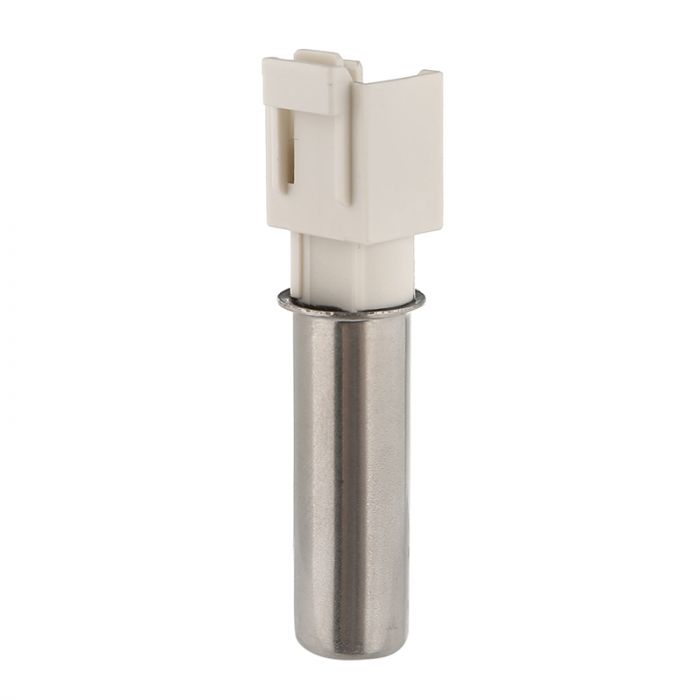
The Role of a Temperature Sensor in Your Washing Machine’s Performance
Share
Modern washing machines rely on a mix of mechanical and electronic components to deliver efficient, effective cleaning. One critical but often overlooked part is the temperature sensor—a small component that plays a big role in how well your washer performs.
If your clothes aren’t coming out as clean as they used to, or your washer isn’t responding properly to different settings, the temperature sensor might be worth a closer look.
What Is a Temperature Sensor?
The temperature sensor, often referred to as a thermistor or NTC sensor (Negative Temperature Coefficient), is a device that monitors the water temperature inside your washer. It sends real-time data to the washer’s control board to ensure the correct water temperature is reached and maintained for each cycle.
Why Is the Temperature Sensor So Important?
✅ 1. Ensures Proper Water Temperature
Each wash cycle is designed to work best at a specific temperature—hot for whites and heavily soiled loads, cold for colors and delicates. The sensor makes sure water reaches that target temperature.
✅ 2. Boosts Detergent Effectiveness
Most detergents are formulated to activate at specific temperatures. If the water is too cold or too hot, detergent performance can suffer, leading to dingy clothes or residue.
✅ 3. Protects Fabrics
By maintaining the correct temperature, the sensor prevents overheating that could shrink, fade, or damage sensitive fabrics.
✅ 4. Improves Energy Efficiency
When your washer knows exactly when the water is hot enough, it avoids unnecessary heating—saving energy and lowering your utility bills.
Signs of a Faulty Temperature Sensor
-
Washer doesn’t heat water properly
-
Clothes are consistently not clean after wash cycles
-
Error codes related to temperature or water heating
-
Washer stuck or stalls during cycle transitions
-
Sudden changes in wash performance when using different settings
How to Test or Replace a Temperature Sensor
Testing:
-
Unplug the washer.
-
Locate the temperature sensor (usually near the heating element or water inlet).
-
Use a multimeter to test for proper resistance based on the manufacturer’s specifications.
Replacing: If the sensor is out of spec or showing no continuity:
-
Disconnect the wiring harness.
-
Remove the sensor from its mounting bracket.
-
Install the new sensor and reconnect the wires.
-
Reassemble the washer and test the cycle.
Final Thoughts
The temperature sensor might be small, but it plays a key role in ensuring every wash cycle runs at peak performance. If you're experiencing issues with wash quality, inconsistent water temps, or strange error codes, don’t overlook this critical component.
Need a replacement temperature sensor or help diagnosing your washer?
Visit PRS Parts Inc. at 540 Lagoon Dr. for authentic appliance replacement parts and expert repair assistance. We’ll help you find the right sensor and get your washer performing like new again.
